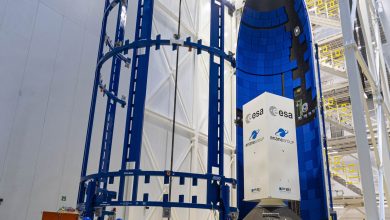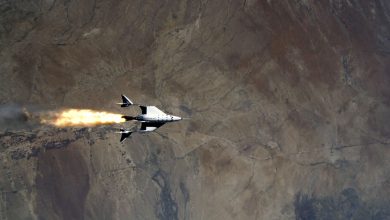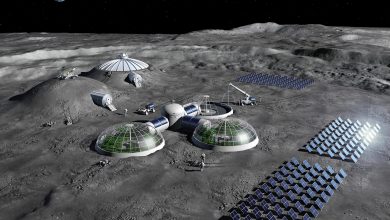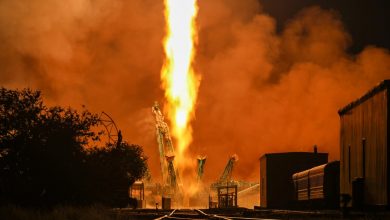
Cape Canaveral has always been at the heart of America’s space program since the very beginning. A hub for rocketry research and development in its early days, the Cape served as a test center not just for spaceflight and research but also for the US missile development programs. With so many projects, the landscape was littered with launch complexes, and along the eastern coastline, the iconic “missile row” of Atlas and Titan launch complexes dominated the skyline.
Many of the Cape’s launch facilities have long since fallen silent, but with newcomers Firefly and Relativity preparing for their first launches from Cape Canaveral, the sight of rockets lifting off along the “row” is about to return.
The eight launch pads that made up the core of what is unofficially known as missile row, or “ICBM row,” were built in the 1950s to support testing of the Atlas and Titan missiles, each of which required four launch complexes. At the southern end, Launch Complex 11 (LC-11) was built about a kilometer north of Cape Canaveral’s original launch pads, which were then in their final years of service with the Snark, Bomarc, and X-17 missiles.
Missile Row followed the coastline northwest from LC-11, with Launch Complexes 12, 13, and 14 serving the Atlas. It then continued with the four Titan pads, Launch Complexes 15, 16, 19, and 20. Launch Complexes 17 and 18 were not part of Missile Row, but instead were built on the south part of Cape Canaveral for the Thor missile and Vanguard launch vehicle respectively.
The Atlas and Titan pads were spaced at distances a little over 610 meters (2,000 feet) apart, forming a line along the coast. In their heyday it would not have been uncommon to see several missiles standing tall, waiting for their turns to launch. Missile testing from the row ended in 1964, although Atlas and Titan rockets continued to use the pads in support of orbital launches and suborbital research programs.
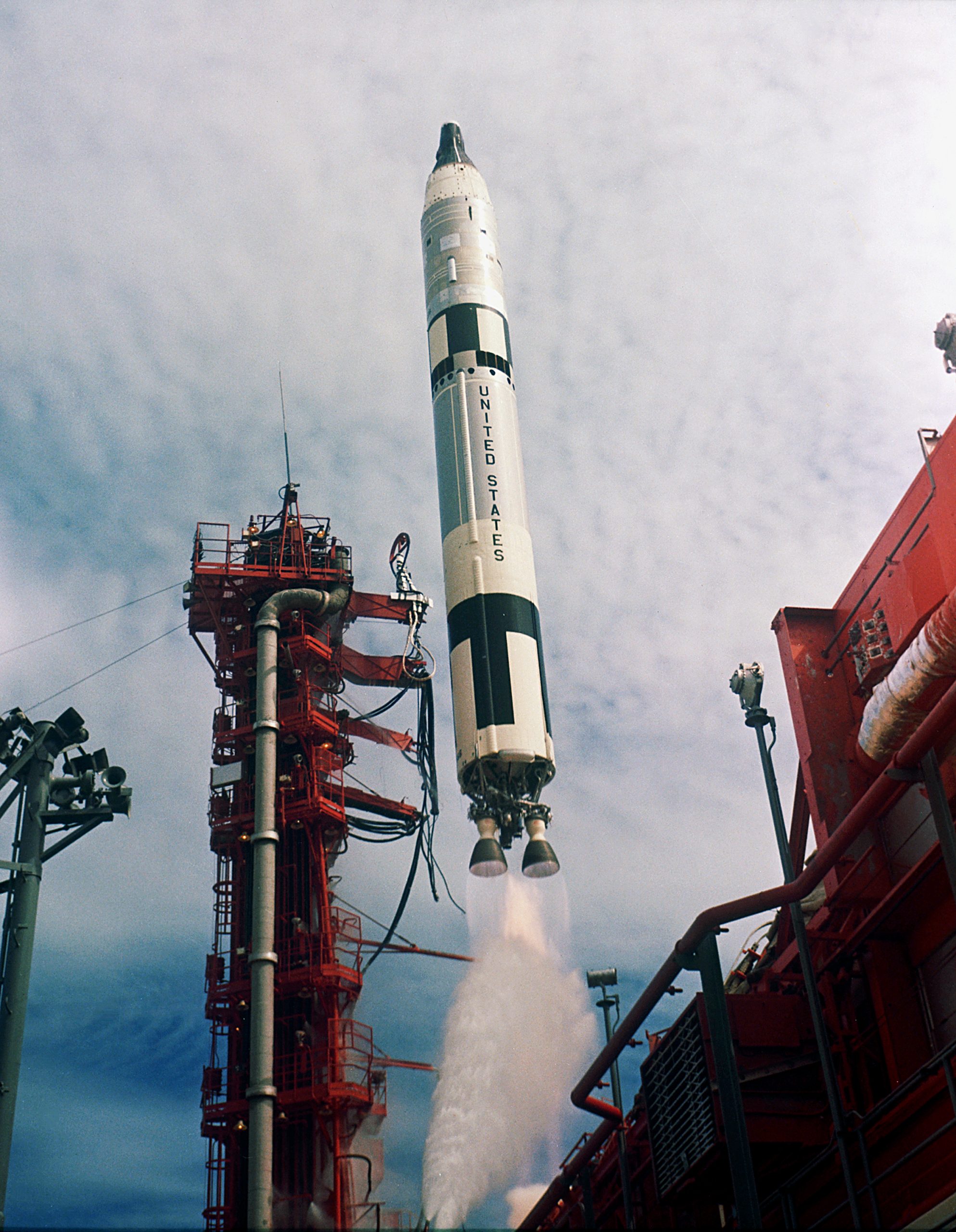
Of the four Titan launch pads, Launch Complex 15 was the only one to be used exclusively for missile testing throughout the program. The Titan I made its maiden flight from this pad in February 1959, and a Titan II made the last launch of a Titan missile – as opposed to a launch vehicle – from the Cape in April 1964. With the end of Titan development launches, operational testing moved to Vandenberg Air Force Base and LC-15 fell into disuse. A total of 26 launches took place from pad 15, with 10 Titan I test flights in 1959 and 1960 being followed by 16 Titan II launches between 1962 and 1964.
The Titan pads did not enter service in numerical order. After LC-15 hosted the first four Titan I launches, featuring inert second stages, the first flight of a complete missile took place from Launch Complex 19 in August 1959. In this case, the term flight is somewhat generous, as the missile exploded at liftoff. The incident was attributed to the rocket lifting off prematurely and severing an umbilical which then resulted in an unplanned engine shutdown.
Launch Complex 19 would be the last to launch a Titan I from Cape Canaveral, with the type’s 15th and final liftoff from the pad occurring in January 1962. Although LC-19 would play no role in the Titan II missile test program, it is best remembered for its association with Titan II through NASA’s Project Gemini. Between April 1964 and November 1966, 12 Titan II missiles modified into the Gemini Launch Vehicle (GLV) configuration were flown from LC-19. The first two of these carried out uncrewed tests of the rocket and the Gemini spacecraft, before 10 crewed launches which helped NASA develop the technology, knowledge, and techniques that would enable the Apollo missions later in the decade.
The Titan launch pads did not feature mobile service towers. Instead, each had a rotating erector structure that could move between a horizontal position and a vertical one, enclosing the rocket. To support the Gemini program, LC-19’s erector was modified to incorporate a white room for crew boarding. The upper part of this structure is now preserved at the Air Force Space and Missile Museum.
After the end of the Gemini program, LC-19 fell into disuse. The Gemini XII launch on 11 November 1966 marked not only the final liftoff from Launch Complex 19 but also the final launch of a Titan rocket from Missile Row. In total, 27 launches were made from this pad.
The third Titan launch pad to come online was Launch Complex 16. This is the pad from which Relativity Space now plans to launch their Terran rocket family. The first launch from the pad occurred in December 1959, marking the Titan I’s return to flight following the failure on its first launch from LC-19 earlier that year. The result was no different, with the rocket again detonating on liftoff — this time as a result of vibrations from the launch inadvertently setting off its self-destruct charges.
Complex 16 would be the least-used of the four pads during the Titan era, supporting six Titan I launches between 1959 and 1960. Converted to host the Titan II, LC-16 would host a further seven launches, including the new missile’s maiden flight on 16 March 1962, before deactivating in 1963. The pad was used by NASA in a support role during the Gemini and Apollo programs, including static-fire tests of the Apollo Service Module’s main engine.
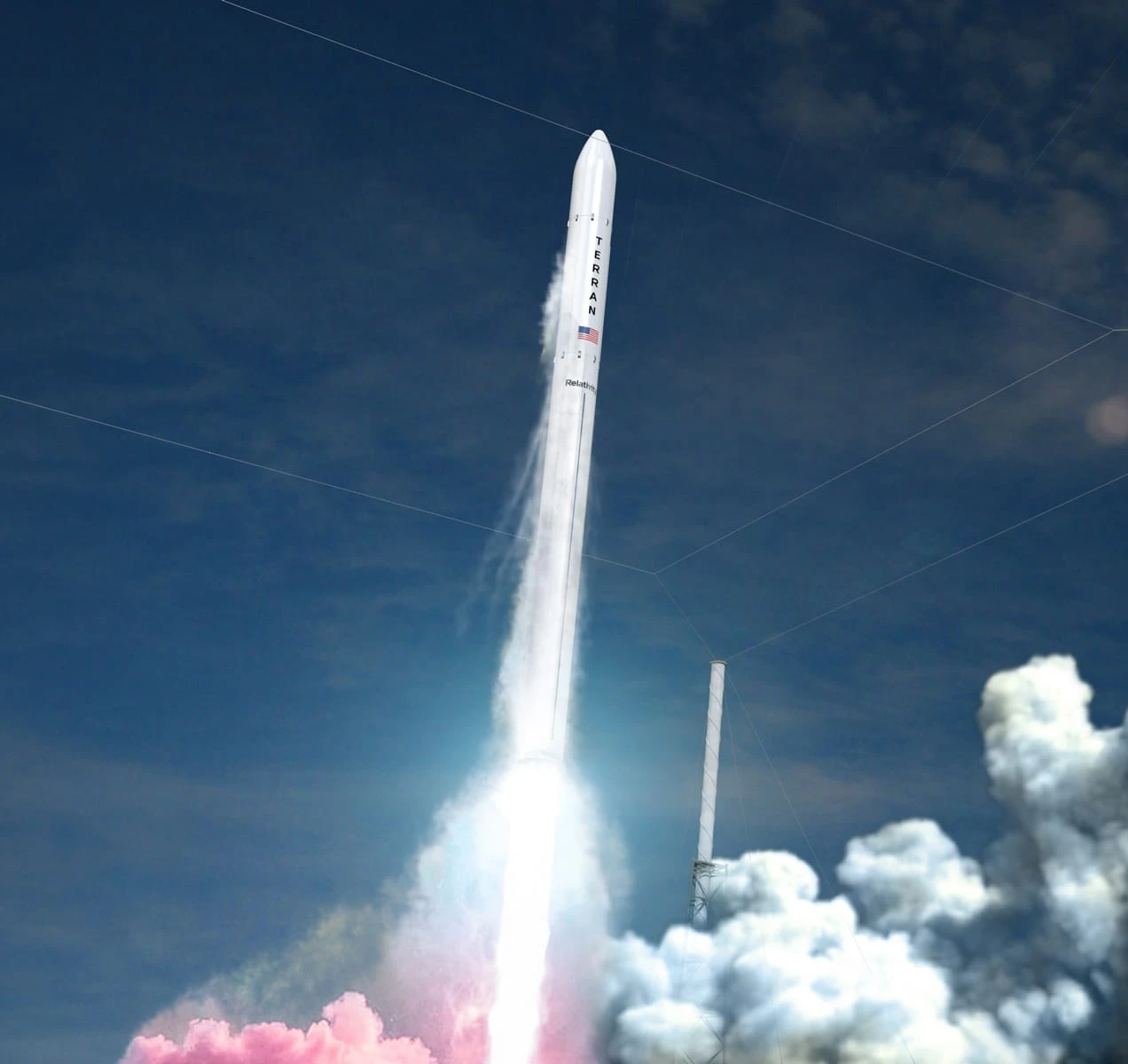
Between 1974 and 1988, Launch Complex 16 was reactivated as a launch site for tests of the Pershing missile. A short-range tactical ballistic missile, Pershing flew from a mobile launch trailer parked at the launch complex. These tests would often see multiple launches in quick succession, and in total, 88 Pershing 1A and 49 Pershing 2 missiles were flown from LC-16. The complex was last used for a salvo of five launches in four hours on 21 March 1988, bringing its total launch count up to 150 missions.
Relativity secured a five-year lease for the pad in 2019 and is already well underway with its conversion for their Terran family of rockets. In line with the US Air Force’s standardization of launch pad designations adopted in 1997, the pad is now known as Space Launch Complex 16 (SLC-16).
Terran will make use of a strongback transporter-erector to raise the horizontally-integrated rocket into position at the launch pad. Development of the strongback was completed last year, and Relativity continues to move towards the maiden flight of the Terran 1, named #GoodLuckHaveFun, later this year.
From SLC-16, Relativity will be able to reach a wide range of orbits. However, the company also has plans for a launch pad at the Vandenberg Space Force Base in California to provide access to higher-inclination orbits that cannot be easily reached from the Eastern Range. As well as Terran 1 missions, Relativity expects to use SLC-16 for its larger, fully-reusable, Terran-R vehicle currently under development.
The last of Missile Row’s former Titan launch pads was built as Launch Complex 20 — and is now Space Launch Complex 20, the future home of Firefly Aerospace‘s family of rockets. The first launch from this pad did not come until July 1960, by which time the Titan I test program was well-established through the other complexes. Like LC-19, LC-20 remained configured as a Titan I pad when LC-15 and LC-16 were converted for the Titan II, allowing it to rack up a total of 16 Titan I missions concluding in 1961.
While LC-20 was the only one of the four pads not to host a Titan II launch, it was the only one of the Missile Row pads to be used by the Titan III family, with four Titan IIIA rockets launching from it between September 1964 and May 1965. The Titan IIIA was a three-stage vehicle derived from the Titan II, adding a restartable Transtage upper stage.
The Titan IIIA’s role was to carry out flight testing of the Transtage ahead of its use on the heavy-lift Titan IIIC, and it lacked the large solid rocket boosters used on the Titan IIIC vehicle. Its first two launches were pure test flights with inert payloads – the first failing after the Transtage lost pressure and shut down early. On its third and fourth flights, Titan IIIA deployed two Lincoln Experimental Satellite (LES) spacecraft, with the final launch also carrying a radar calibration target, Lincoln Calibration Sphere 1 (LCS-1).
A new Integrate-Transfer-Launch (ITL) complex was built north of Missile Row with two launch pads and vertical integration facilities for Titan IIIC rockets, so the Titan IIIA’s series of four flights were the only Titan III launches from Missile Row. LC-20 was deactivated and would remain dormant for the next 25 years. In the mid-1970s, the derelict complex began to be used for liquid storage and drum crushing, operations that would continue at the site for the next ten years.
In 1990, a pair of 17.7-meter (58-foot) rail launchers were installed at Launch Complex 20 to support suborbital target launches that were to be carried out by Orbital Sciences Corporation (OSC) in support of the Strategic Defense Initiative (SDI), the US missile defense program of the late Cold War. The rail launchers were first used in December of that year with a test of the four-stage Starbird rocket, which was tracked as it made a 228-second flight along the Eastern Range.
In June 1991, Orbital Sciences tested a new sounding rocket, Prospector, on a research mission funded by NASA. A derivative of the Castor-4A solid rocket motor used on the Delta II rocket, Prospector would make use of the rail launch facilities at LC-20. During its first launch, Prospector veered off course 15 seconds into its mission and was destroyed by range safety 10 seconds later. It would not fly again.
OSC launched a pair of Aries rockets, single-stage derivatives of the Minuteman missile, from LC-20 in August and October 1991. Codenamed Red Tigress, these carried a set of nine experimental payloads to be deployed during their suborbital flights. The first launch failed, with the rocket being destroyed by range safety after 23 seconds. The second was carried out successfully, although telemetry issues with the payload prevented some of the planned data collections from being made.
Further Red Tigress II missions were launched from LC-20 in May 1993, using the Low-Cost Launch Vehicle (LCLV), a three-stage rocket consisting of the same Talos and Sergeant lower stages as Starbird, and an M57A1 upper stage taken from a Minuteman missile. These were both carried out successfully but marked the end of LC-20’s time supporting missile defense projects. The most recent use of SLC-20 was in 2000, with Space Florida using the rail launchers for three Super Loki sounding rockets as part of an educational outreach program, LiteStar. The total number of launches made from SLC-20 currently stands at 29.
Firefly Aerospace secured the lease to SLC-20 in 2019, with plans to use the site to enable low and medium-inclination launches including lunar missions. The company also operates Space Launch Complex 2W (SLC-2W) at Vandenberg Space Force Base for high-inclination launches. Firefly’s Alpha rocket made its debut from Vandenberg last year but failed to reach orbit. A return-to-flight mission from Vandenberg is currently expected around May, with the first launch from Cape Canaveral due before the end of the year.
Alpha will be able to deploy a payload of approximately 1,000 kilograms into low Earth orbit. Like Relativity, Firefly has ambitions to expand its launcher fleet. It has announced plans for a larger rocket – Beta – and a reusable winged launcher, Gamma.
While two of the Titan launch pads at the north end of Missile Row might be coming back to life, there are currently no plans for the Atlas pads on the southern part of the row – at least, not those that were used historically for missile testing – to support future launches. This does not mean, however, that they have no role in the future of America’s space program.
The Atlas made its first flight on 11 June 1957, lifting off from Launch Complex 14, the northernmost of the four launch pads. Over the next twelve months, eight Atlas-A rockets flew from LC-14 and LC-12, before the Atlas-B was introduced in July 1958 from LC-11. This was the first version of Atlas to incorporate the stage-and-a-half approach with a sustainer engine and separable booster unit which would become one of the hallmarks of the Atlas family. Further iterations of the missile would be introduced over the next few years including the prototype Atlas-C and the operational Atlas-D, E, and F versions. All four pads would be used in support of the missile testing program, but each would also see at least one orbital launch.
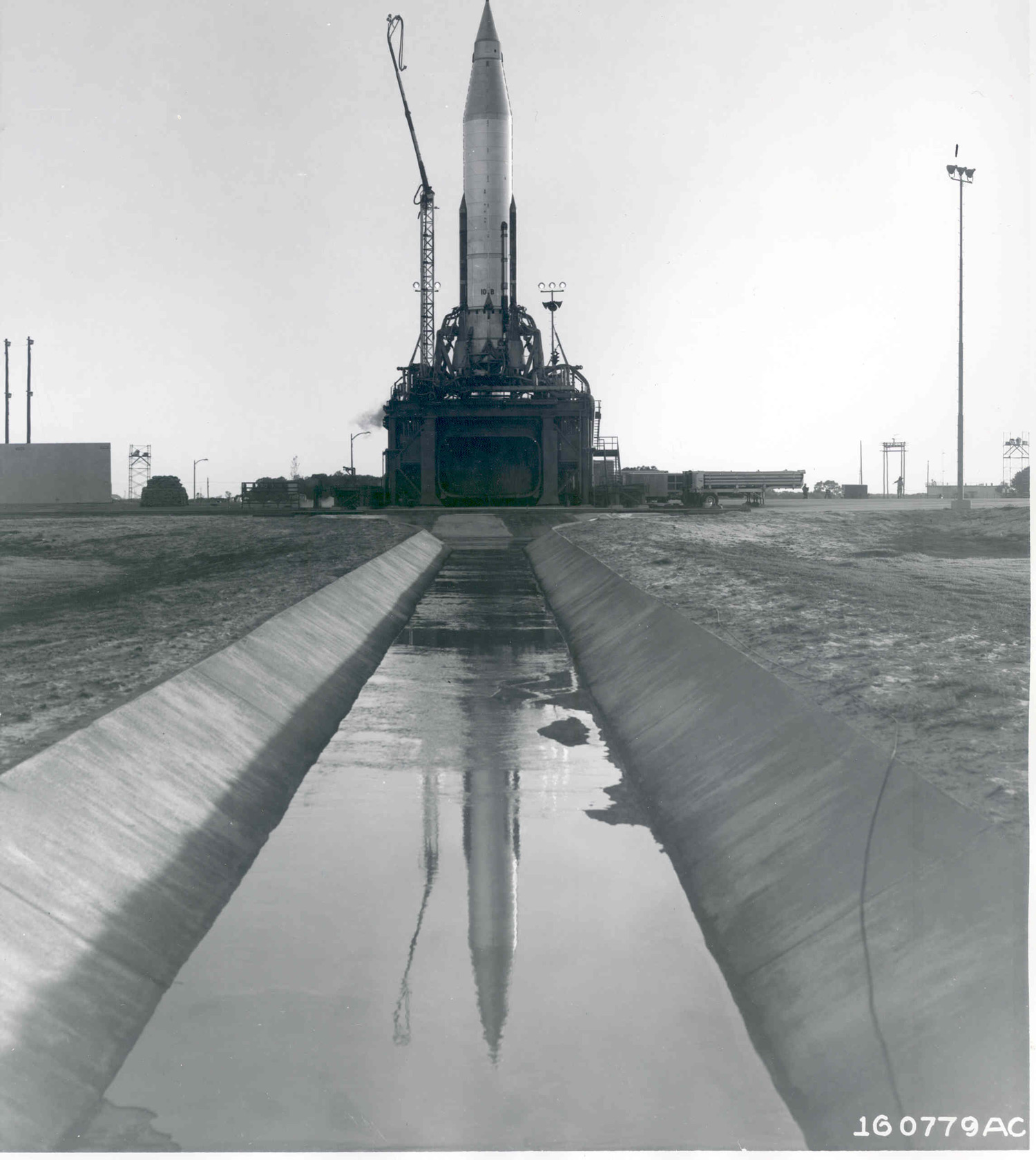
Launch Complex 11 was used for the first orbital Atlas launch, with an Atlas-B vehicle orbiting Signal Communications by Orbiting Relay Equipment (SCORE), the first experimental communications satellite, in December 1958. This would be the only orbital launch from LC-11, although the pad would continue to support missile development – both directly through development launches of the later Atlas models, and indirectly through a series of Advanced Ballistic Reentry Systems (ABRES) flights using Atlas-F rockets. The pad was deactivated after its final ABRES launch in 1964, having supported 33 launches.
Launch Complex 12 was to have hosted the first flight of the Atlas-Able rocket, which paired the Atlas booster with the upper stages of the Vanguard rocket. This first launch, with an Atlas-C booster, was never conducted as the vehicle caught fire and exploded during a pre-launch static fire test. Three Atlas-Able rockets were subsequently launched with Atlas-D boosters, one from LC-14 while LC-12 was undergoing repairs and the other two from LC-12 itself. However, none of these launches succeeded in reaching orbit.
Missile tests from LC-12 continued alongside the Atlas-Able launches until 1961, after which the pad was turned over to NASA missions with the Atlas-Agena rocket. These launched the nine Ranger probes to the Moon, along with the Mariner 1, 2, and 5 missions to Venus, Mariner 4 to Mars, and a series of scientific and technology demonstration missions in Earth orbit. Two suborbital Atlas-D launches were also made during this time under NASA’s Flight Investigation Reentry Environment (FIRE) project, aimed at testing materials to protect spacecraft as they re-enter the atmosphere.
The last of 37 launches from LC-12 – not including the Atlas-Able accident – took place on 5 November 1967, with an Atlas SLV-3 Agena-D carrying Applications Technology Satellite 3 (ATS-3) to geostationary transfer orbit.
Launch Complex 13 was used exclusively for missile testing until February 1962. Like LC-12, it was adapted for the Atlas-Agena rocket, although its mobile service tower was also torn down and rebuilt, providing better payload processing facilities – particularly for military satellites. Atlas-Agena launches from the pad began with a pair of Vela satellites in October 1963. In addition to military launches, LC-13 also hosted NASA’s Mariner 3 launch to Mars, the Lunar Orbiter launches, and the Orbiting Geophysical Observatory 5 (OGO-5) mission.
LC-13 would continue in service until 1978, supporting occasional launches of National Reconnaissance Office signals intelligence payloads and the Canyon and Aquacade spacecraft bound for geostationary orbit. A total of 51 rockets were launched from the pad.
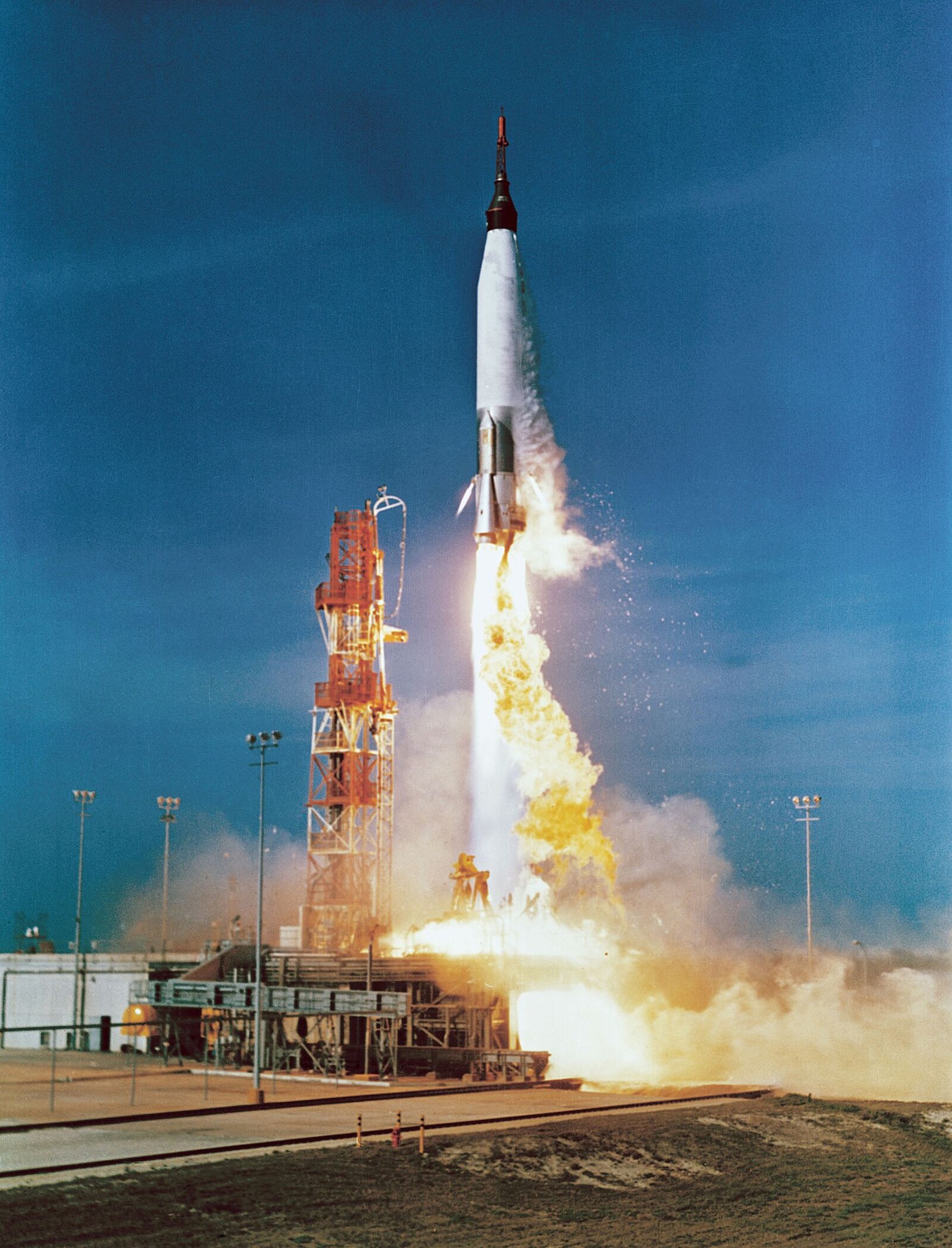
The northernmost Atlas pad on Missile Row, Launch Complex 14, is perhaps the most storied due to its role in NASA’s early human spaceflight programs. As well as supporting tests of the early Atlas missiles, LC-14 hosted an Atlas-Able launch in 1959 and a pair of Atlas-Agena flights in 1960. It then began to transition from tests of the Atlas-D missile to the LV-3B variant of the Atlas-D which would be used in NASA’s Mercury program. Following a series of test flights, John Glenn would lift off from LC-14 aboard Mercury-Atlas 6 in February 1962, becoming the first American astronaut to orbit the Earth.
Four crewed Mercury-Atlas missions would launch from LC-14 before the end of the program. LC-14 would also be used to support NASA’s next human spaceflight program, Project Gemini, with the launch of uncrewed target vehicles for use as docking targets. Six Atlas SLV-3 Agena-D launches were made from LC-14 with their upper stages serving as Agena Target Vehicles – equipped with docking collars for the Gemini capsule to dock and then perform orbital adjustments using the Agena’s engine.
An additional launch of an Atlas SLV-3 without an Agena carried the Augmented Target Docking Adaptor (ATDA), an inert backup launched to replace the Agena for Gemini IX after it failed to reach orbit. This reached orbit successfully, but when the Gemini crew attempted to rendezvous with it, they discovered that the payload fairing had failed to separate.
The target vehicle launches from LC-14 took place about an hour and a half before their corresponding Gemini missions, with the crew launching to rendezvous from LC-19 as the Agena or ATDA made its first pass back over Cape Canaveral. The 11 November 1966 launch of the Agena Target Vehicle for Gemini XII marked the thirty-second and final launch from LC-14, 99 minutes before Gemini XII itself became the last mission to lift off from LC-19.
Today, LC-12 and LC-14 remain inactive, the latter hosting a monument to the Mercury program and its seven astronauts. While Launch Complex 13 is no longer used to launch rockets, it has found a new role in helping to land them. The complex has been leveled and reconstructed as SpaceX‘s Landing Zones 1 and 2 (LZ-1 and 2), providing a landing area for returning Falcon 9 and Falcon Heavy boosters that have lifted off from Launch Complex 39A and Space Launch Complex 40 further north.

LZ-1 was first used in December 2015 on the first Falcon 9 mission to feature a return-to-launch-site (RTLS) mission profile. Booster 1019 landed successfully, becoming the first Falcon 9 core to achieve a successful intact landing following an orbital mission. The landing pad has since been used for several first stage recoveries, with a second landing pad constructed nearby to facilitate dual landings of Falcon Heavy side boosters.
As the Missile Row designation is unofficial, it is not uncommon to find alternative definitions including some of the adjacent launch pads. At the south end of the row, two additional Atlas launch pads were built in the 1960s as Launch Complex 36 (LC-36). These were used exclusively for satellite launches with the Atlas-Centaur rocket, which added the high-energy Centaur upper stage to a modified Atlas missile to produce a capable launch vehicle once initial reliability issues had been worked out. LC-36A was built in line with the Missile Row pads, while LC-36B was built slightly further to the west.
Atlas-Centaur rockets launched from LC-36, later SLC-36, until 2005, when the Atlas III was retired and replaced by the larger Atlas V launching out of SLC-41. The complex is now being rebuilt by Blue Origin to service their New Glenn rocket. This will have a launch platform close to the site of SLC-36A, with processing facilities where SLC-36B once stood. Launch Complex 11 has been subsumed into the enlarged complex, Blue planning to use it as an engine test site.
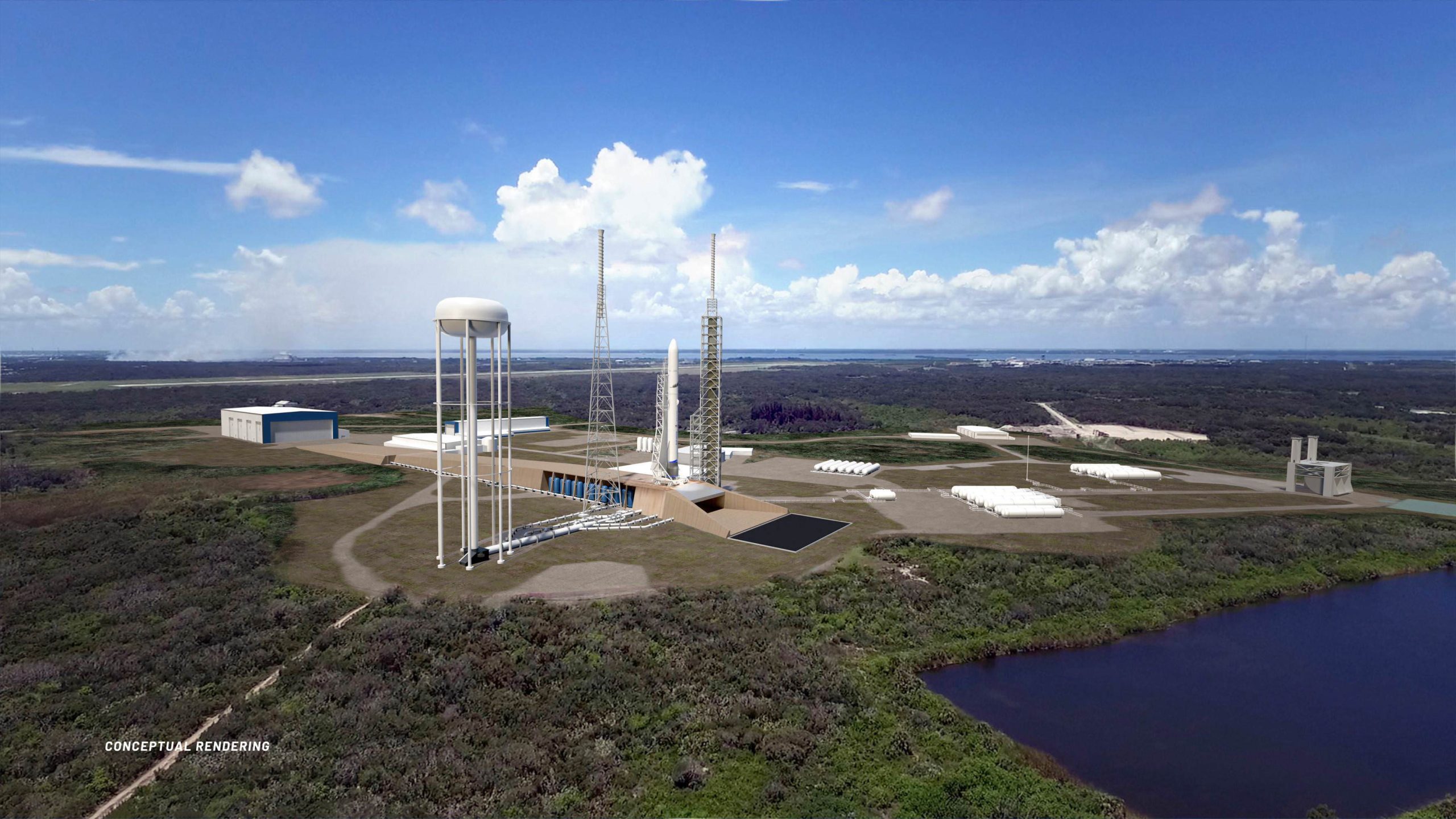
Two launch complexes built for NASA’s Saturn I rocket that supported the Apollo program are located to the North of Missile Row, also sometimes included in an expanded “Row,” even though they have no link to missile testing at the Cape. Launch Complex 34 was used for initial tests of the Saturn I and later Saturn IB vehicles, as well as being equipped for crewed launches. This was the site of the Apollo 1 fire, and later saw the launch of the project’s first crewed mission, Apollo 7. Today the site stands derelict, a memorial to the Apollo 1 crew.
Launch Complex 37 originally consisted of two pads, LC-37A and 37B, although only the latter was used for launches. It was used for some uncrewed missions during the early Apollo program, including the first test of the Lunar Module, Apollo 5. NASA had originally expected to use both LC-34 and LC-37 as part of the Apollo Applications program, conducting Earth orbit missions after the goal of reaching the Moon had been accomplished. When this was reduced to just the Skylab program and Apollo-Soyuz, NASA deemed it more economic to modify a Saturn V mobile launcher and fly the Saturn IB from LC-39 instead. As a result, the Saturn I pads were never reactivated, and eventually, their towers were demolished.
Boeing rebuilt Space Launch Complex 37B to support its Delta IV rocket, which first flew in 2002 and continues to fly from the pad in its Delta IV Heavy configuration, as it approaches retirement.
Finally, at the most south-easterly point of Cape Canaveral, beyond LC-36, is Space Launch Complex 46. This was built to test the Trident II missile in the 1980s and continues to be used by smaller rockets today. These have included Lockheed Martin’s Athena, Northrop Grumman’s Minotaur, and most recently Astra’s Rocket 3.3.
Just as rockets flying from the iconic towers along Missile Row in the 1950s and 1960s helped to develop America’s spaceflight technologies and industries, the return of rockets to these launch pads will help to drive the push towards lower-cost and more advanced launch vehicles in the present and future.


